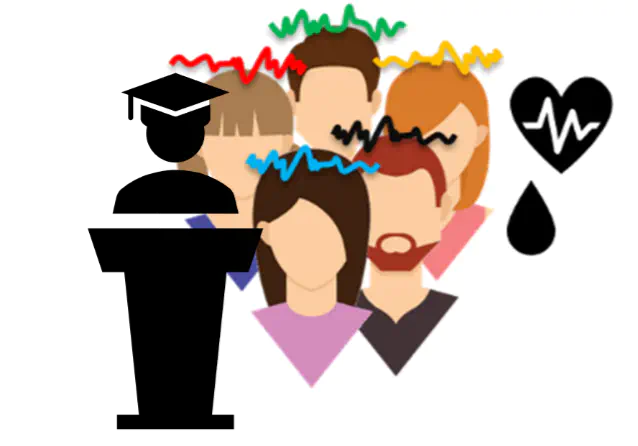Monitoring Attention
Using physiological signals and spontaneous behavior to automatically monitor attention.

Summary
Did a pilot notice information about a possible system failure? Are students attending an online lecture up for a break? Obtaining information on whether individuals attend to certain events in their environment could be helpful in a number of applied use cases, including smoothing man-machine interaction and supporting teachers. We examine how to extract such information from spontaneous physiological signals and behavior (EEG, skin conductance, eye movements, facial expression) in a reliable, unobtrusive way, and how to apply it in a way that is helpful and desirable. We focus on interpersonal physiological synchrony as an indicator of attention (physiological signals of individuals look more similar when they attend to the same events in the environment) and multimodal signals (comparing and combining different types of signals).
Key publications / awards
-
(2020). Physiological Synchrony in EEG, Electrodermal Activity and Heart Rate Detects Attentionally Relevant Events in Time. Frontiers in Neuroscience.
-
(2020). Physiological Synchrony in EEG, Electrodermal Activity and Heart Rate Reflects Shared Selective Auditory Attention. Journal of Neural Engineering.
-
(2017). EEG and Eye Tracking Signatures of Target Encoding during Structured Visual Search. Frontiers in Human Neuroscience.
-
(2013). Distinguishing between Target and Nontarget Fixations in a Visual Search Task Using Fixation-Related Potentials. Journal of Vision.